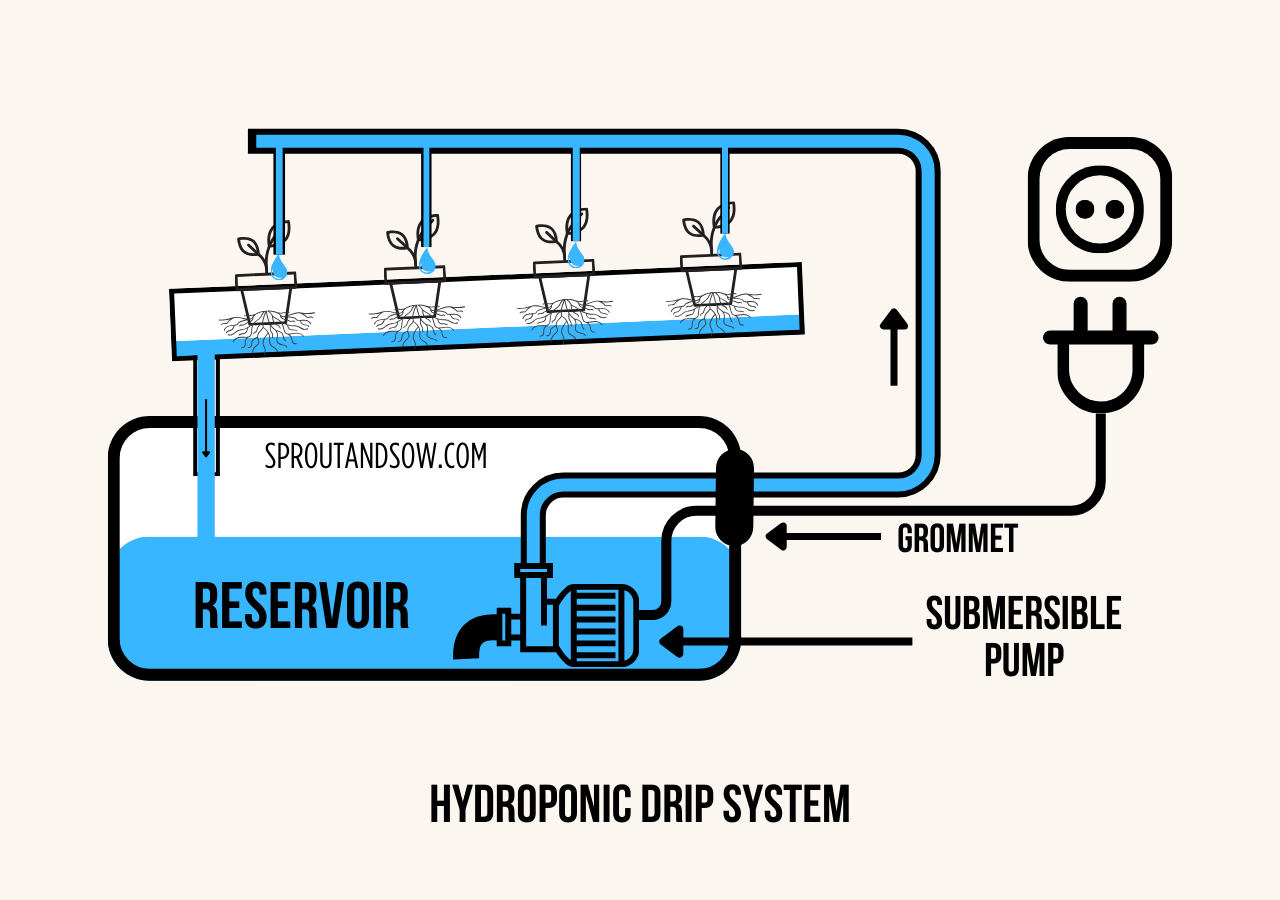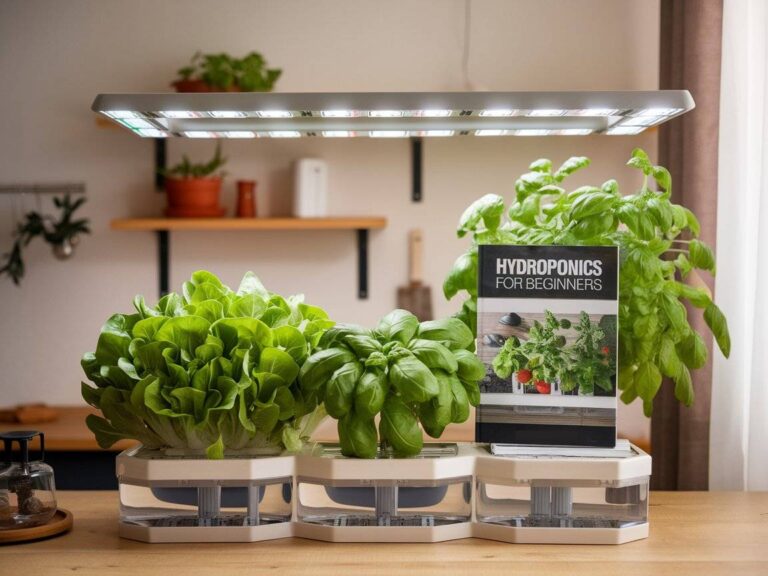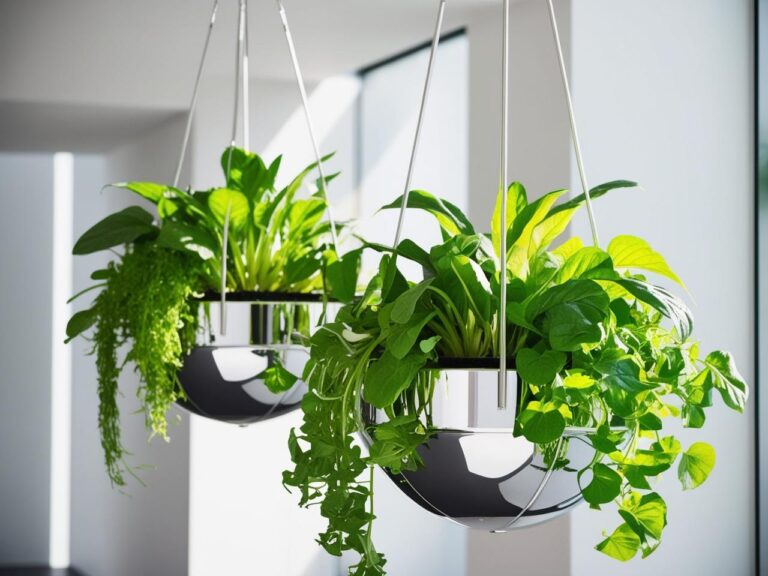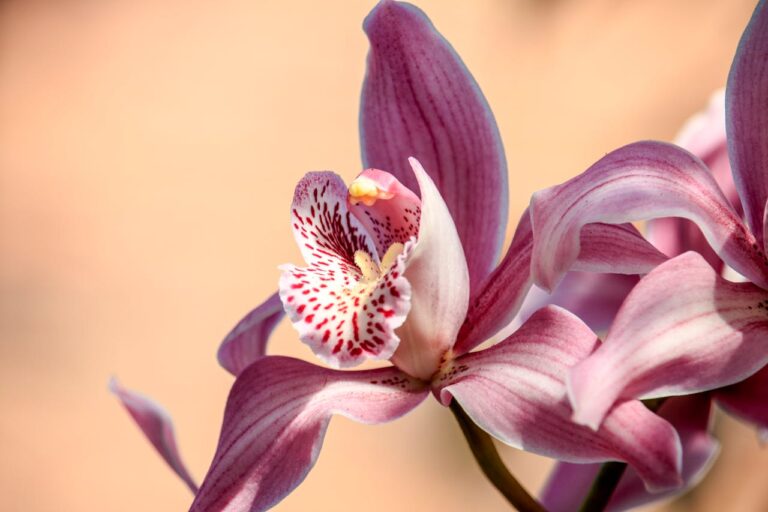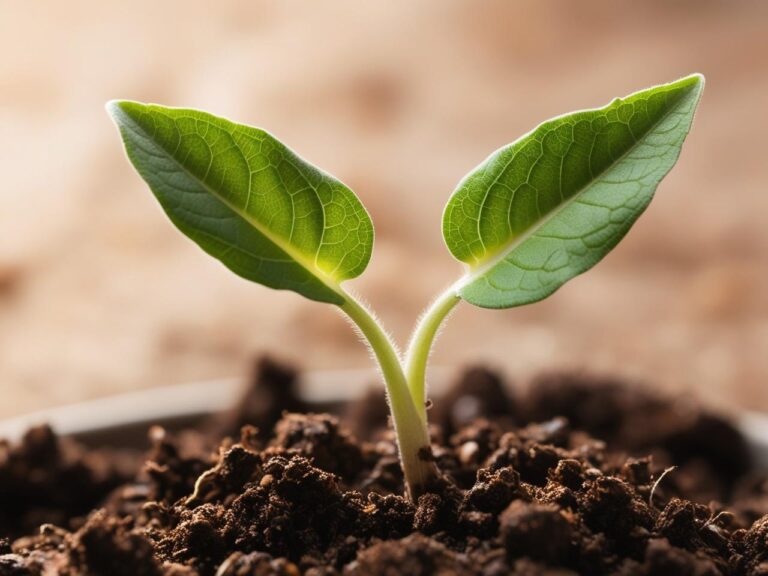How to Set Up a Hydroponic Drip System: Step-by-Step Guide
A hydroponic dripper system is an efficient and popular method for providing plants with nutrients and water. This system works by delivering a controlled drip of nutrient-rich solution directly to the base of each plant, making it ideal for beginners and experienced gardeners alike.
Step 1: Gather Your Supplies
To set up your drip system, you will need the following:
- Water reservoir: A container to hold the nutrient solution.
- Submersible water pump: To move the nutrient solution through the system.
- Drip lines and emitters: Tubing to carry the solution and deliver it to each plant.
- Timer: To control when and how long the pump runs.
- Net pots and growing medium: To hold the plants.
- Nutrient solution: Specific hydroponic nutrients mixed with water.
- pH and EC meters: To monitor the solution’s pH and electrical conductivity.
Related: 10 Must-Have Tools for a Successful Hydroponic Garden
Step 2: Prepare the Reservoir
- Fill the Reservoir: Add water to your container, ensuring it’s clean and holds enough solution for the plants.
- Add Nutrients: Mix the hydroponic nutrient solution according to the manufacturer’s instructions.
- Check pH and EC: Use your pH meter to adjust the pH to a range of 5.5-6.5 and ensure the EC is within the optimal range for your plant type.
Step 3: Install the Water Pump
- Position the Pump: Place the submersible water pump at the bottom of the reservoir.
- Attach the Main Tube: Connect the main tubing to the pump’s outlet.
Related: How to Choose the Right Submersible Pump for Hydroponics
Step 4: Set Up the Drip Lines and Emitters
- Run the Main Tubing: Extend the tubing from the reservoir to your plant setup.
- Attach Drip Lines: Use connectors to attach smaller drip lines from the main tube to each plant site.
- Insert Emitters: Place an emitter at the end of each drip line to control the flow of nutrient solution to the plants.
Step 5: Position the Net Pots and Growing Medium
- Set Up Net Pots: Place the net pots in your grow tray or system.
- Add the Growing Medium: Fill the pots with a suitable medium, such as Leca clay pebbles, perlite or coco coir, which supports the plant while allowing the solution to pass through. Vermiculite is not suitable for this purpose.
Step 6: Set Up the Timer and Start the System
- Program the Timer: Set the timer to control the pump schedule, ensuring the plants receive an appropriate amount of solution at regular intervals.
- Power On: Turn on the system to test that the pump runs smoothly and that all emitters deliver an even flow of solution.
Step 7: Monitor and Adjust
- Check Flow Rates: Ensure each plant receives a consistent drip and adjust the emitters as needed.
- Regular Maintenance: Periodically check the reservoir’s water level, pH, and nutrient levels to keep the system running optimally.
Related: Understanding Hydroponic pH Levels and How to Manage Them
Troubleshooting Tips
- Uneven Drips: Check for blockages in the drip lines or emitters.
- Algae Growth: Cover the reservoir to block light exposure, preventing algae formation.
- Clogged Emitters: Clean emitters regularly to avoid clogs that reduce the system’s efficiency.
F.A.Q
- What plants grow best in a drip system?
Tomatoes, peppers, cucumbers, and leafy greens grow well in a drip system. - How long do you water with a drip system?
Typically, water for 15–30 minutes, but this depends on plant needs and system setup. - What are the disadvantages of drip irrigation?
It can be costly to set up, prone to clogging, and requires regular maintenance. - What is the difference between drip irrigation and hydroponics?
Drip irrigation uses a soil medium to grow plants, while hydroponics uses nutrient solutions without a soil medium. - What is the easiest hydroponic system to use?
The Kratky method is considered one of the simplest hydroponic systems.
Conclusion
Setting up a hydroponic dripper system might seem complex at first, but with the right tools and steps, it’s a straightforward process. This method provides a controlled and effective way to nourish your plants, leading to healthier growth and higher yields. By monitoring and maintaining the system, you can enjoy the benefits of hydroponic gardening with ease. Happy Gardening!

